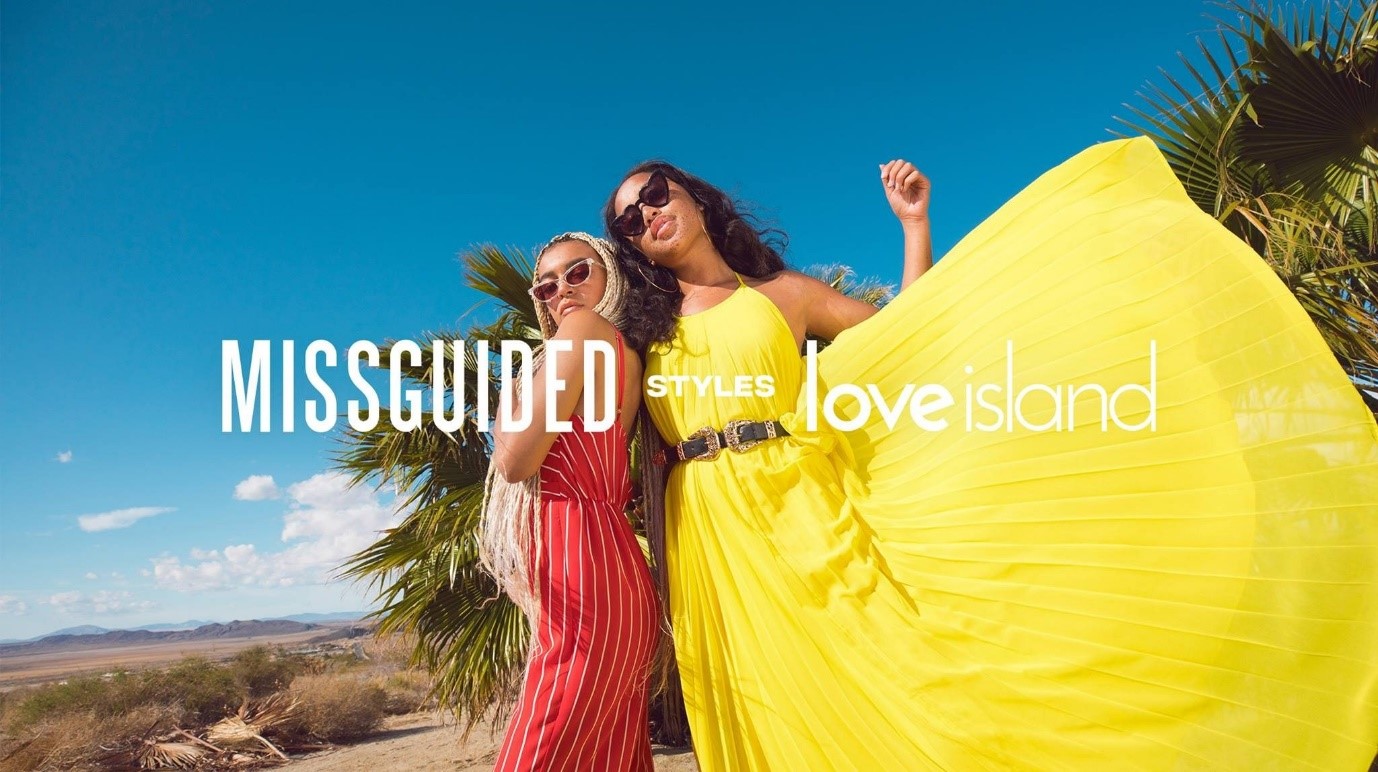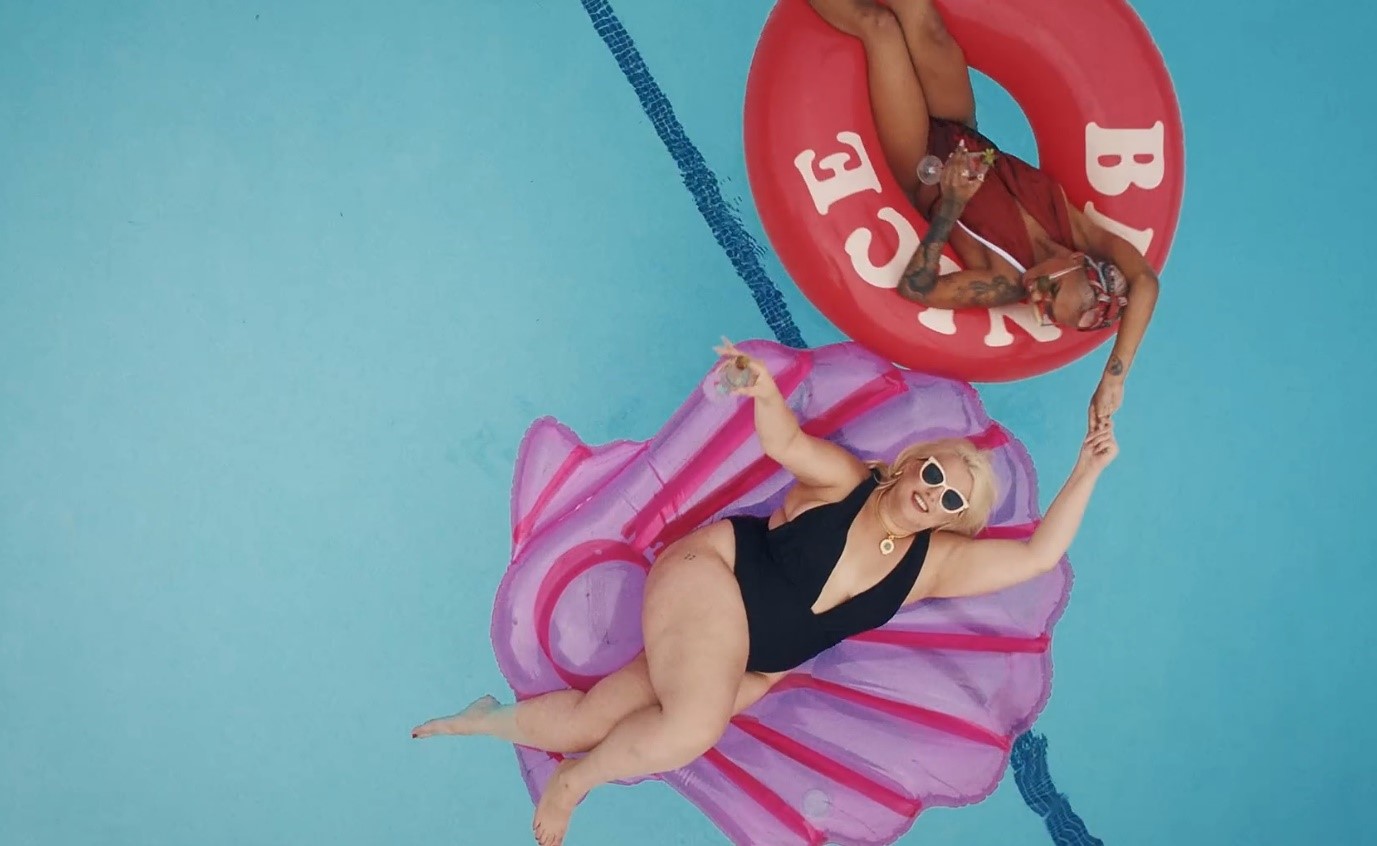The online fashion retailer’s Love Island link-up shows a textbook example of how to plan for reach, writes WARC’s Lucy Aitken.
Brands have to work unbelievably hard to blip across the radar of the UK’s young women. They’re constantly on their phones – Ofcom figures from 2018 revealed that 16-to 24-year-olds spend seven hours a day glued to their smartphone, that’s one hour more than men. What’s more, they don’t watch a great deal of commercial TV, preferring episodes of Friends on Netflix and hit BBC dramas like Line of Duty and Bodyguard.
But if there’s one programme that they will cancel all other arrangements for, it’s ITV’s Love Island. And while they’re watching, smartphone glued to hand, they’re receptive to the right kind of brands. Case in point: retailer Superdrug sponsored the show for three years before Uber Eats took over in summer 2019. But it’s online fashion retailer Missguided’s relationship with the show in the summer of 2018 that offers marketers some fantastic inspiration for how to maximise your reach through an integrated partnership.

If you’re an online fashion retailer without a high-street presence, you’re already on the back foot. No one is going to happen across your store during their lunch hour, pop in for a quick browse, try a few things on and make an impulse purchase. What’s more, one of the biggest challenges faced by online fashion retailers is showing off their clothes on bodies of all shapes and sizes so that real women – not size 8 models – can get an idea of what they’d actually look like wearing them.
Missguided reached half the UK’s 16-to 34-year-olds
Against a backdrop of media fragmentation, achieving reach is becoming increasingly hard for brands, but for this sector it’s especially challenging. So it was a genius stroke for Missguided to partner Love Island to reach this audience, night after night, and show off its summer ranges of festival and holiday clothes. In a case study called ‘Missguided Styles Love Island’ that scooped a silver and a Special Partnership Award in the WARC Awards’ Effective Innovation category, Missguided claimed that it reached half of 16-to 34-year-old females in the UK. What a phenomenal achievement.
And used its app to enable purchase
Crucially, this wasn’t just via its TV and VOD push. The brand was also a key part of the Love Island app, which enabled people to purchase items straight away. And the business benefit of this is clear: the case study calculates that Love Island accounted for 18% of Missguided’s total summer sales.

Co-creating content was key to success
Missguided integrated its product into the show, inviting Islanders to model clothes at themed parties that formed part of the show’s narrative. And a big thumbs up to Missguided for championing diversity and body confidence by using different edits to support the ranges that were featured on the show.
As the case study points out: “Rather than going down the traditional route of sponsorship through idents, we found a way to integrate our product into the heart of the show, creating content in a way that’s never been possible before outside of traditional product placement.”
And helped Missguided to deliver reach
Reach is the foundation of effectiveness and TV remains the most efficient way to deliver reach, according to a 2018 report by Equity, Gain Theory and Thinkbox. Digital-only investment hits a ‘reach ceiling’ pretty quickly, which is why advertisers that can afford to usually opt for a combination of digital and broadcast media.
As well as convert interest into purchase
What’s interesting about Missguided and Love Island is the way that the retailer reached a large TV audience, inspired viewers and instantly converted interest into purchase through the app. This helped to solve the conundrum of how online fashion retailers can enable impulse purchases outside of a dedicated online browsing session.
That’s why it has been included in a chapter called Plan for Reach in WARC’s white paper, Anatomy of Effectiveness, as an example of how to drive reach. This case study offers marketers a number of lessons in how to overcome issues with achieving reach and shows how a cross-screen plan drives purchase. And while, sadly, I may be outside of the retailer’s 16-34 target market, the clothes are pretty damn amazing too.
You can download thefull version of the Anatomy of Effectiveness white paper here.

